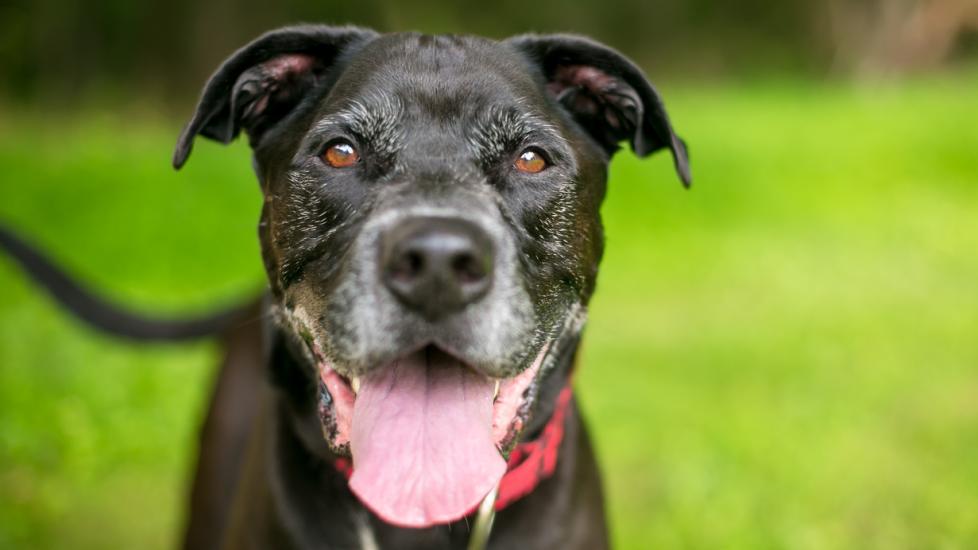Title: Understanding Adenocarcinoma in Canine Skin Glands: A Guide for Pet Owners
Introduction:
As a pet owner, it’s crucial to be aware of various health issues that can affect your dog. One such condition is adenocarcinoma, which can develop within sebaceous or sweat glands found on a dog’s skin. This type of cancer is relatively rare but can be aggressive if not detected early. In this article, we will delve into what adenocarcinoma is, its symptoms, diagnosis, treatment options, and preventive measures you can take to ensure the well-being of your furry friend.
Understanding Dog Skin Glands:
Before delving into adenocarcinoma specifically, let’s first understand the role of sebaceous and sweat glands in dogs. Sebaceous glands produce an oily substance called sebum that helps keep the skin moisturized and protected from environmental factors. Sweat glands, on the other hand, are responsible for regulating body temperature through perspiration. Both types of glands are spread throughout the body, with higher concentrations around the armpits, groin area, and foot pads.
What Is Adenocarcinoma?
Adenocarcinoma refers to any malignant tumor originating from epithelial cells—the layer of cells that line internal organs and surfaces of the body. When these tumors form in sebaceous or sweat glands, they become known as adenocarcinomas of those specific gland types. They can occur anywhere on the body where these glands exist but tend to have a predilection for certain areas like the eyelids, anal sacs, and mammary glands.
Symptoms and Diagnosis:
The signs of adenocarcinoma may vary depending on the location of the affected gland(s). Common symptoms include swelling or lumps under the skin, discharge from the eyes or genitals (if affecting corresponding glands), pain or discomfort when moving joints near affected sites (e.g., elbow arthritis due to bone metastasis), changes in appetite/weight loss despite normal food intake – all indicative of underlying illness rather than just aging processes alone! Your veterinarian might suspect something more serious after performing routine physical exams followed by additional diagnostic tests such as fine needle aspirates; biopsies sent off to specialized laboratories equipped with immunohistochemistry techniques capable identifying specific cell markers associated with different cancers including adeno carcinomas themselves! Imaging studies like X-rays CT scans MRI etc. could also help determine extent involvement both locally & systemically too!
Treatment Options:
If caught early enough before spreading widely throughout body via bloodstream lymphatic systems then surgical removal remains primary mode action along with adjunctive therapies radiation chemotherapy immunotherapy targeted agents etcetera depending upon individual case characteristics response rates expected outcomes discussed thoroughly among veterinary oncologists surgeons specialists involved team approach ensuring best possible prognosis quality life expectancy goals patient owners alike must always come first priority above all else!
Prevention Tips:
While there isn’t one definitive way prevent occurrence adenocarcinoma entirely given inherent genetic predispositions environmental exposures lifestyles choices made humans behalf their pets nonetheless following tips should significantly reduce risks overall:
1. Regular Veterinary Checkups – Schedule regular visits so problems identified addressed promptly potentially saving lives down road.
2. Vaccinations – Keep up-to-date vaccinations protect against infectious diseases linked increased risk development some forms cancerous growths particularly parvovirus distemper rabies leptospirosis among others
